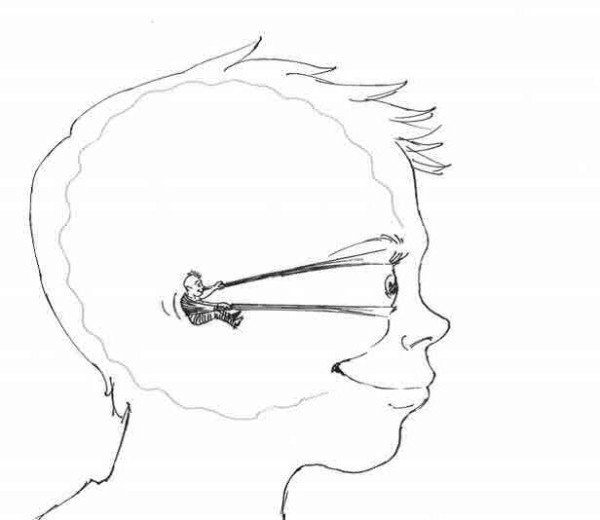The Fourth International Symposium of the World Centre of Humanist Studies, “Discovering the Human – from the world of the given to that of freedom” which took place on 1 and 2 November in Attigliano, Italy, gave the opportunity for the presentation of several thematic conferences including that of Robert Nageli, French illustrator-designer [1]: “The creative imagination, a weapon of mass construction.”
His proposal for humanity to begin its liberating process is the use of a resource that we all have a “weapon of mass construction”: the creative imagination!
To better understand this surprising suggestion, some clarification is needed.
First, it is necessary to project ourselves into the future; it manifests itself as soon as we start to create.
Then, question.
What images do we have of the future?
Do we really realise that we can create our own images based on our aspirations for the future we want?
Do we recognise the power of these images and the direction that they can give to the world?
One condition seems essential: human beings must change something if they want to improve their living conditions and give a chance to our society to move towards the best.
Because this better state, so urgent today, is born in the human being, even before speaking about it in the world it is the human being who, from their intention will generate profound social changes.
According to Robert Nageli, this is the stage into which creative imagination enters, and the in most beautiful way.
I quote: “creative imagination is characterised by its open and constructive intention, and an unmistakable emotional register: joy, lightness, enthusiasm when it provides new images that transport us.”
The power of imagination therefore comes from the emotional charge it mobilises and the strength of the images it produces.
Then comes the moment of “propulsion” into the outside world of the new reality that we have just built and lives within us – in our mental spaces, our head and probably also in our heart – representations of a new world.
The action can then take shape because it is the power of these new representations that will lead us to mobilise and take concrete actions.
As done by other precursors before us – you know, the ones who braved their fear of fire or those who said first that the earth is round, or those who wanted to fly – it is conceivable that others will come after us. With this long chain of generations, we are in a plan that goes beyond our individual self.
By continuing to exit our individuality, we can expand this proposal to the human whole. If a large community of people were to project into the world a common purpose filled with their best wishes and hopes, what essential changes could this make happen?
I bet that such society would be very different from the one today.
[1] “Born in Marseille in 1959, illustrator, graphic designer, he has worked in advertising, publishing and media. Among other things, he illustrated with humorous cartoons the Newspapers of the Community for human development and the Humanist Party, organizations that emerged from Silo’s proposals. In the 90s, he also illustrated articles for the magazine “the reasons for anger” and most recently in 2009 for the World March for Peace and Nonviolence.










